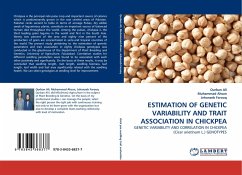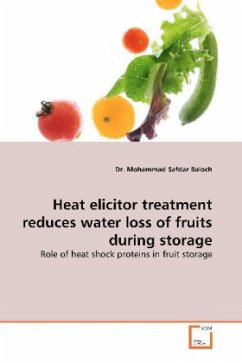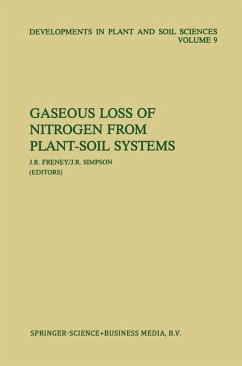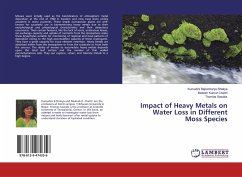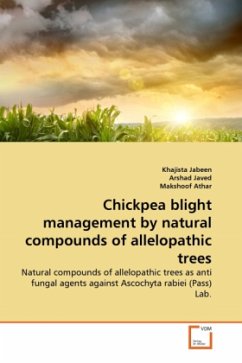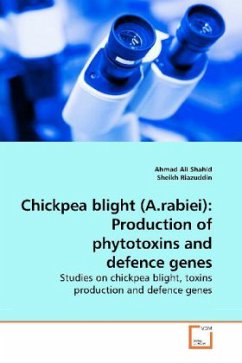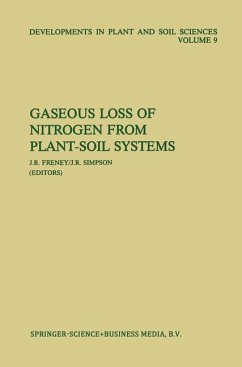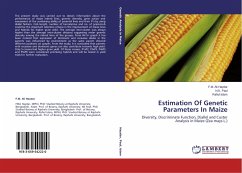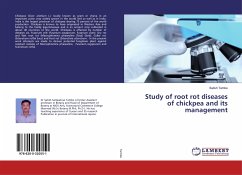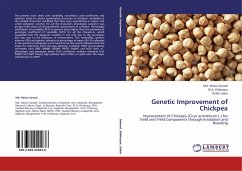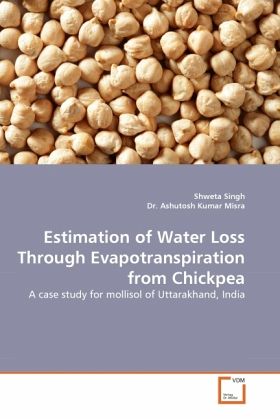
Estimation of Water Loss Through Evapotranspiration from Chickpea
A case study for mollisol of Uttarakhand, India
Versandkostenfrei!
Versandfertig in 6-10 Tagen
39,99 €
inkl. MwSt.

PAYBACK Punkte
20 °P sammeln!
In this book, different empirical methods were compared with the objectives for quantifying total water loss through evapotranspiration by chickpea crop in mollisol of Uttarakhand. Evapotranspiration of chickpea was measured with weighing type lysimeter. Data on pan evaporation measured with USWB class A pan evaporimeter and chickpea parameters for the corresponding period were collected from Meteorological observatory. Evapotranspiration from chickpea was also estimated by using mathematical methods of Thornthwaite, Turc, Stephens-Stewar, Jensen-Haise, Blaney-Criddle and modified Penman. High...
In this book, different empirical methods were compared with the objectives for quantifying total water loss through evapotranspiration by chickpea crop in mollisol of Uttarakhand. Evapotranspiration of chickpea was measured with weighing type lysimeter. Data on pan evaporation measured with USWB class A pan evaporimeter and chickpea parameters for the corresponding period were collected from Meteorological observatory. Evapotranspiration from chickpea was also estimated by using mathematical methods of Thornthwaite, Turc, Stephens-Stewar, Jensen-Haise, Blaney-Criddle and modified Penman. Higher growing degree days 1810.4 was observed during 2005-06. Evapotranspiration of chickpea during 2005-06 and 2006-07 were about 416.5 and 475.6 mm, respectively. As the pan evaporation did not give accurate estimate of ET, both on seasonal and as well as weekly basis. Thus, the pan evaporation does not seem to be good criterion for the estimation of ET. Modified Penman method was found to bemost very suitable for estimation of ET in tarai region of Uttarakhand.



